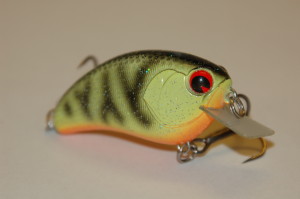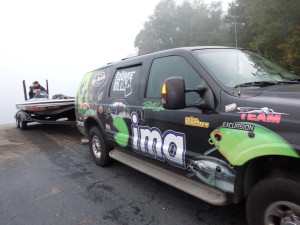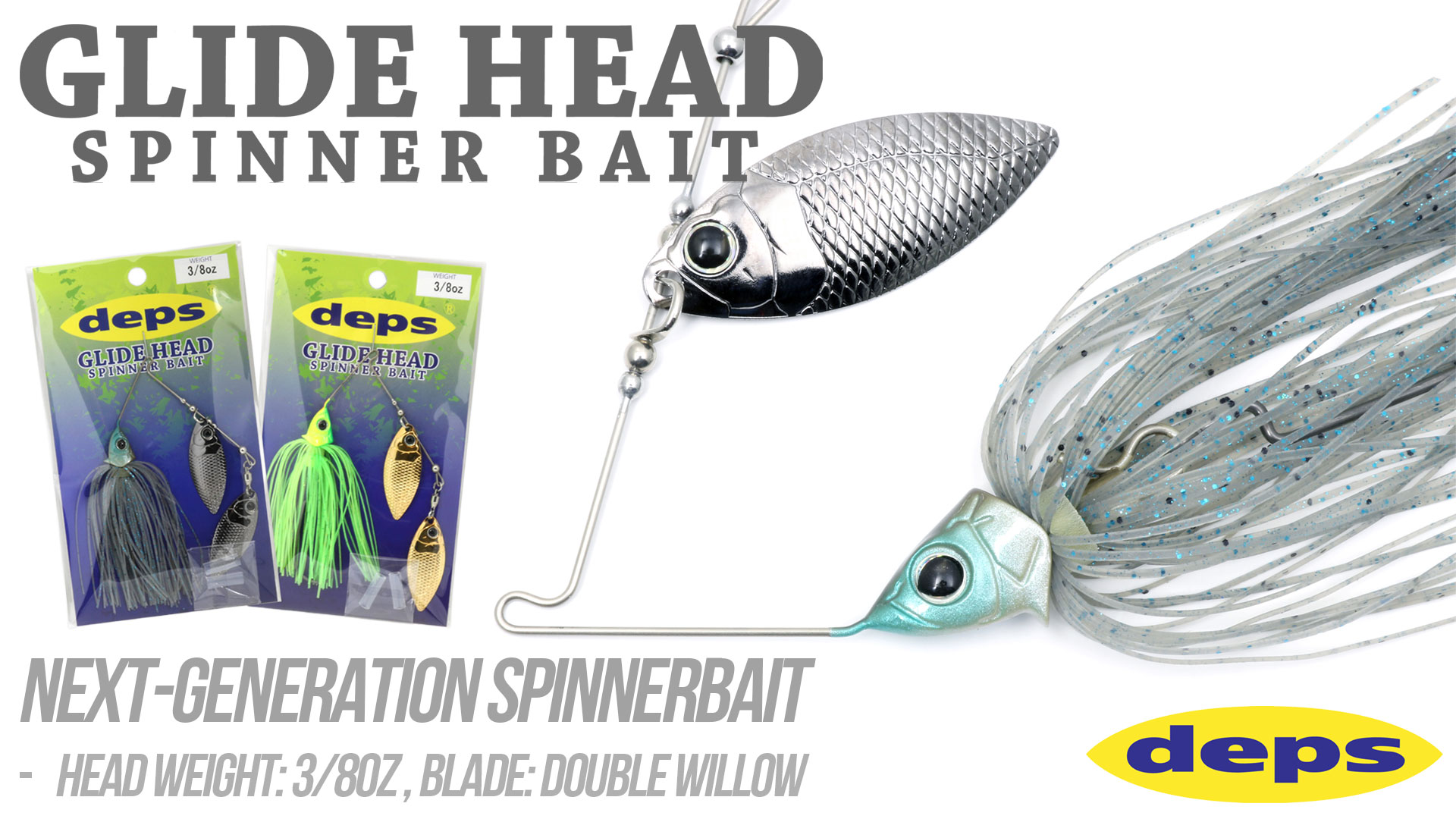When Bill Lowen and the ima engineers developed the shallow-diving Square Bill crankbait to be the ultimate heavy cover grinder, they made it as snag-free as any lure with two sticky-sharp trebles can be. As a result of its unique design, it comes through rock, wood and vegetation as well as any other lure in its class. No crankbait is completely snag-proof, though, so Lowen knows that maximizing your presentations with the Square Bill requires not just the right tools but also the right approach.
Growing up fishing the Ohio River, Lowen learned that heavily-pressured bass will commit to a single laydown and watch countless baits go by before striking. Sometimes it just takes a slightly different angle, an additional bump of the cover or the ability to penetrate the furthest branches in order to elicit strikes. If you snag your lure and go in after it, though, you might as well pack up and leave. Accordingly, he executes a careful game plan to avoid disturbing any piece of likely bass-holding cover.
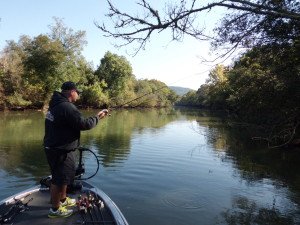
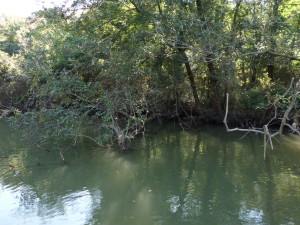
“I look at it differently than a lot of guys,” he said. “If I know the fish are out at the tips of the laydowns, maybe in the 5 to 8 foot range, then I’ll turn to the Pinjack or the Beast Hunter, but if I’m not sure where they are I go right for the throat. I like to cast that Square Bill as aggressively as I can.”
“I want to ‘worm’ that bait through the laydown,” he continued. “That allows me to use heavier line, usually 15 or 20 pound test. The bait won’t get to its maximum depth but you’ll be able to free it more often without losing out on any strikes.”
As he approaches a given tree, he starts to think like a billiards hustler, looking for angles more than anything else. He wants to maximize the number of productive casts, which involves understanding the layout of the various limbs. “More angles equals more strikes,” he said. “I look at which way the big limbs are going and try to bring the Square Bill with them. It’s important not only to get a clean retrieve, but once you hook a big fish you want to know that you can get him out of there.”
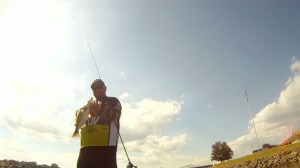
He said that the bill design and diving angle of the Square Bill prevent it from getting snagged if you “worm” it properly. “When it comes into contact with a branch or a limb, don’t keep winding,” he advised. “You want to guide it and drive it through. I keep my rod angle moving at all times. If it’s deeper, I’ll put my tip down to keep it in contact and in the strike zone.”
That’s another advantage of the Square Bill over its peers: You can try to grind it to a pulp, but its heavy duty components won’t let you break it or alter its course. Those are common occurrences with traditional balsa baits, which suffer under the stress of repeated high-speed collisions with cover. Most plastic plugs, on the other hand, don’t back up out of cover as well. The Square Bill is the best of both worlds. “It’s just as buoyant as any balsa bait,” Lowen said. “If you don’t get it snugged up to the branch, it backs right up and pops up like a cork. It’s truly the best combination of both worlds, buoyancy and durability.”
